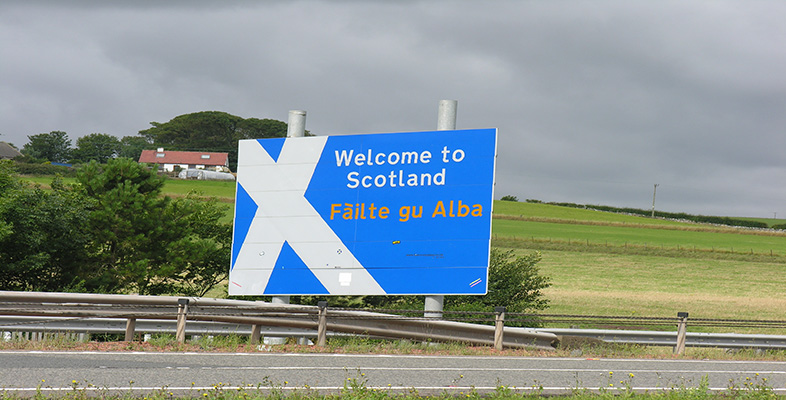4.1.1 The benefits to the individual
Up to the 1960s, most of the research on bilingualism focused on immigrant populations in the United States and usually concluded that bilingual children did less well in intelligence tests than their single-language counterparts, reinforcing the popular view of the time that speaking two languages ‘confuses the minds of children’. This research is now regarded as unreliable for a number of reasons, but chiefly because it failed to take account of the socio-economic backgrounds of the young people tested.
A major research project carried out in Montreal in 1962 was the first to question the received wisdom on this matter. The linguists Elizabeth Peal and Wallace Lambert compared the performance in tests of ‘balanced bilinguals’ – i.e., children who were equally fluent in French and English – with monolinguals of the same age and with a similar socio-economic background. They found that the bilinguals performed better in most of the tests and they concluded that ‘a bilingual child is a youngster whose experience with two language systems seems to have left him with a mental flexibility, a superiority in concept formation, a more diversified set of mental abilities.’
Although the Peal/Lambert study has, in its turn, been shown to have flaws, it set the tone for much of the research that followed, which has consistently shown the relationship between bilingualism and children’s cognitive development in a positive light.
Recent research has aimed to define this relationship more precisely. Some studies have focused on the languages themselves, including the bilingual’s competence in them: one expert, for example, concluded that there is a ‘threshold level’ at which the beneficial effects of bilingualism come into play. The relative status of the languages has also been looked at, one study suggesting that ‘where the home language is that of the majority, ‘additive’ bilingualism is best promoted by providing initial instruction in the second language’ (this is the norm in Gaelic medium education).
Some researchers have tried to identify the precise aspects of ‘cognitive development’ which are affected by bilingualism. Ellen Bialystok, of York University, Toronto, for example, found in several studies that bilingual children were better at prioritising and multi-tasking than monolinguals and suggested that the ‘juggling of two languages’ which bilingualism implies strengthens the brain’s ‘executive control system’. While most of Bialystok’s work involves children, in February 2011 she published a paper [Tip: hold Ctrl and click a link to open it in a new tab. (Hide tip)] which concluded that using two languages appeared to delay the onset of Alzheimer’s Disease in older people, for similar reasons.

A fuller account of Ellen Bialystok’s work can be found in her ‘Cognitive effects of bilingualism: How linguistic experience leads to cognitive change’ in The International Journal of Bilingual Education and Bilingualism (2007).
In conclusion, while the relationship between bilingualism and cognitive development is a complex one, a broad consensus is beginning to emerge which is summarised as follows by Anne Brasier of Kagoshima University (Japan) in The relationship between bilingualism and the cognitive development of bilingual children (1999):
‘Research has overwhelmingly concluded that bilingualism per se does not have any negative effects on cognition. In fact the opposite increasingly appears to be the case: that high levels of bilingualism have accelerating effects on children’s cognitive development.’
